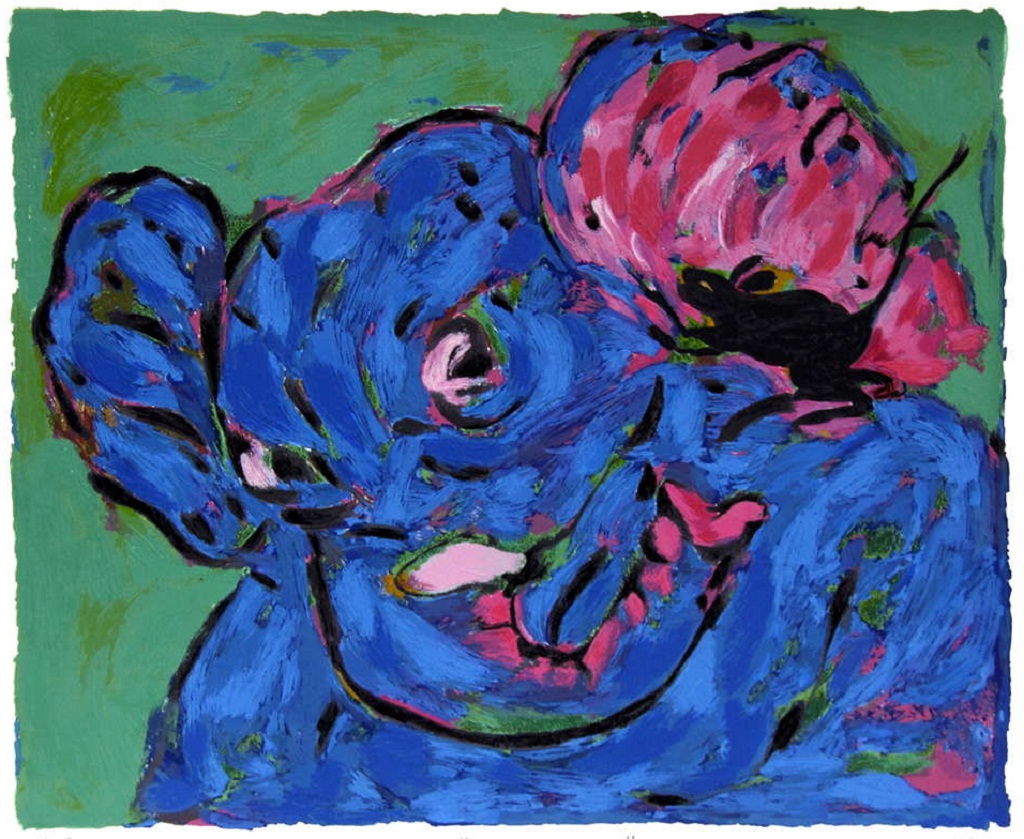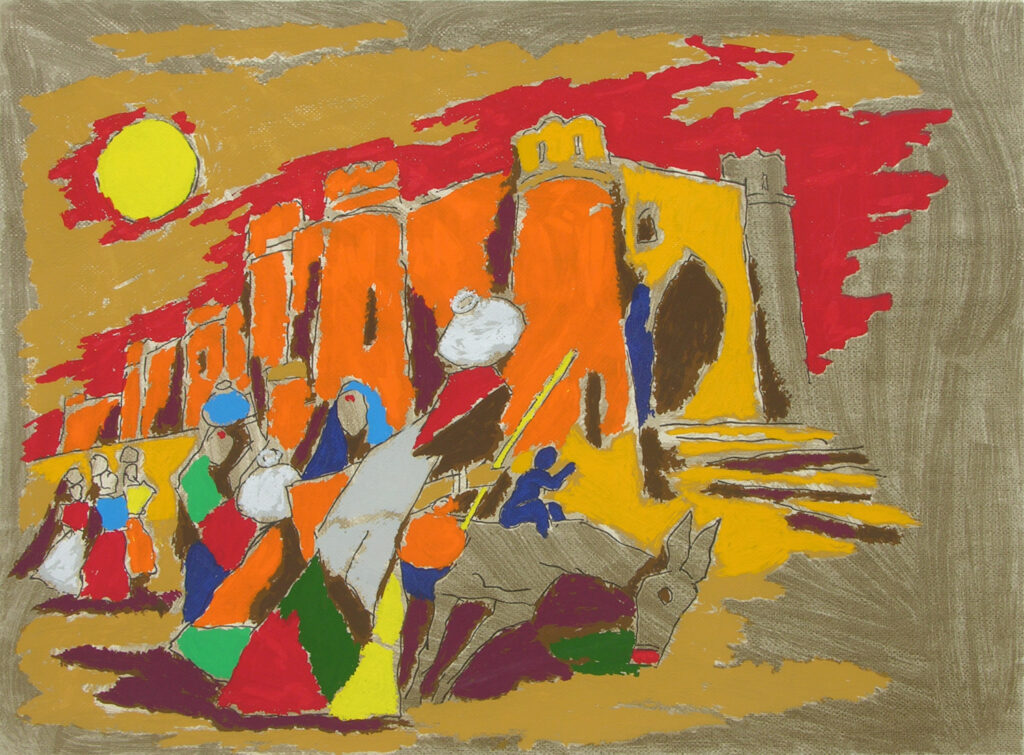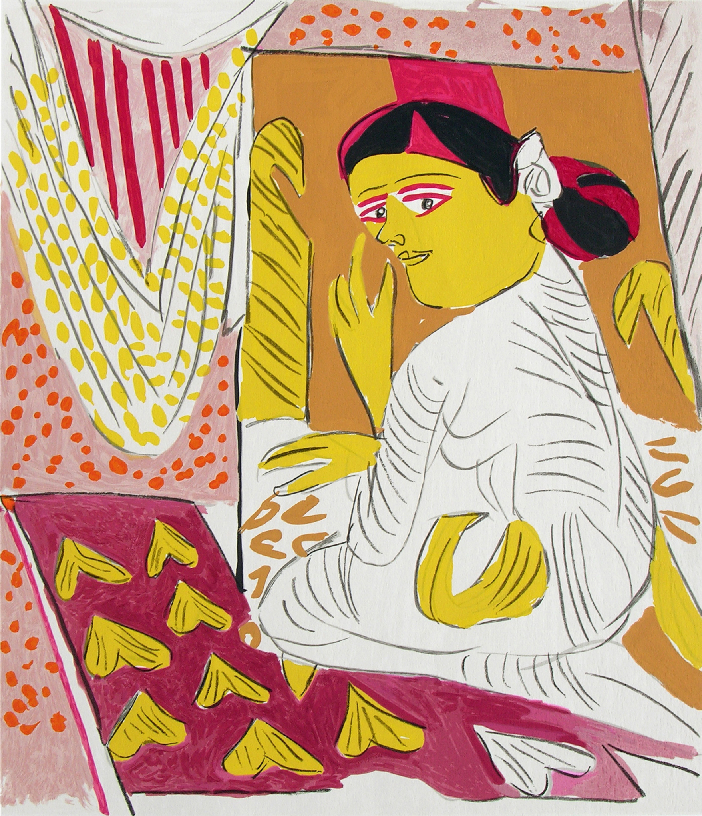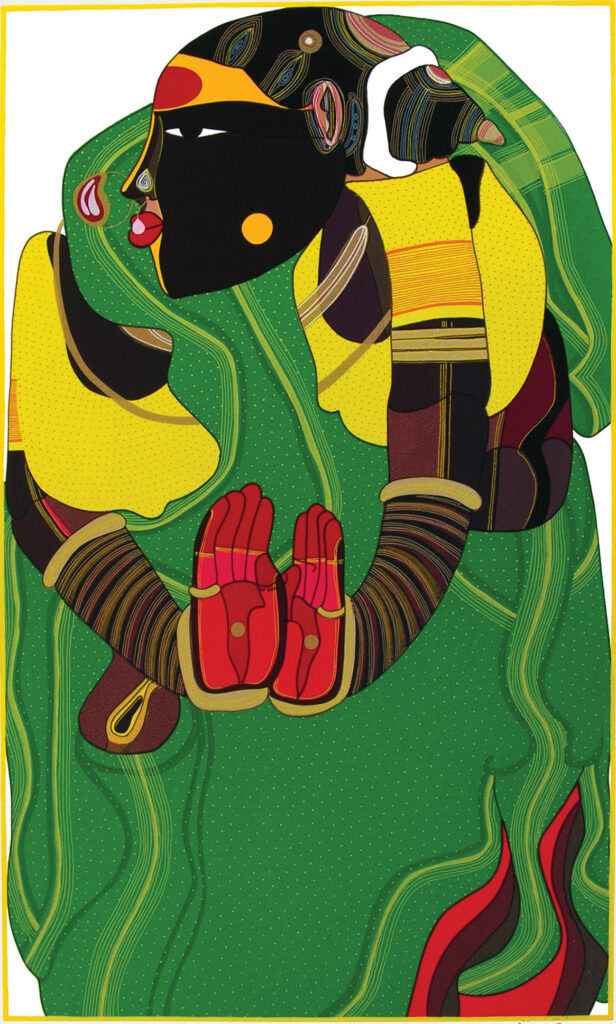Exploring the Resurgence of Serigraphs and Why They’re Captivating Art Lovers Again
In recent years, serigraphs—also known as screen prints—have experienced a significant resurgence in the art world. Once overshadowed by modern digital printing techniques and other mass-produced art forms, serigraphs are now attracting the attention of art collectors, galleries, and enthusiasts alike. Their distinct charm lies in the meticulous craftsmanship, rich textures, and artistic authenticity they offer. As art lovers explore new ways to engage with visual art, serigraphs for sale have become a prized option.
In this blog, we will dive into serigraphs, explore what a serigraph is, and understand why this timeless printing technique is returning to the contemporary art market.
What is a Serigraph?
Before delving into the reasons behind the resurgence, let’s start with the basics. What is a serigraph? The term “serigraph” is derived from the Latin word seri (meaning silk) and the Greek word graphos (meaning to write). A serigraph print is created through a process known as screen printing, which involves pushing ink through a stencil or mesh screen onto paper, fabric, or other surfaces. This method allows for incredible precision and control, producing vibrant, high-quality images.
Serigraphs can be distinguished from other prints due to their rich layers of colour and texture. Unlike mass-produced prints, serigraphs are handmade, with each layer of colour applied separately. This labour-intensive process gives serigraphs a tactile and dimensional quality that digital prints cannot replicate.

The Uniqueness of Serigraphs: Craftsmanship Meets Artistry
One key reason serigraphs are gaining popularity again is the unique artistry involved in their creation. Each serigraph print is a work of craftsmanship, with artists often hand-painting or meticulously preparing the screens used for printing. The manual process ensures that no two prints are identical, giving each serigraph a unique quality.
This handcrafted nature is appealing today, where digital art and mass production dominate. Art collectors and enthusiasts are increasingly drawn to pieces that offer a personal touch, which serigraphs fully embody. The multiple layers of ink used in serigraphy add depth to the artwork, and the vibrant colours stand out in ways that make the image feel alive.
Furthermore, many artists use serigraphy to experiment with colour and texture in ways that aren’t possible with other printmaking techniques. Controlling how the ink interacts with the surface gives artists creative freedom, resulting in bold and innovative prints.

The Artistic Value of Serigraphs
The artistic value of serigraphs goes beyond their visual appeal. Some of the world’s most influential artists, such as Andy Warhol, have historically used screen printing, who made the medium famous with his iconic works like “Marilyn Monroe” and “Campbell’s Soup Cans.” Warhol’s screen printing challenged traditional art forms and cemented serigraphy as a legitimate art form within the modern art movement.
Other renowned artists, such as Robert Rauschenberg and Roy Lichtenstein, have also embraced serigraphy to create vibrant works that blur the line between fine art and popular culture. This historical significance adds a layer of prestige to serigraphs for sale today, making them more than just beautiful prints—they are pieces of art history.
Artists today continue to push the boundaries of serigraphy, using the medium to explore new themes, forms, and techniques. Contemporary artists appreciate the process’s ability to combine modern aesthetics with traditional craftsmanship. This fusion of old and new is highly appealing to today’s art buyers looking for unique, high-quality pieces to add to their collections.

The Collectibility of Serigraphs: Limited Editions and High Demand
For collectors, one of the most appealing aspects of serigraphs is their collectibility. Unlike digital reproductions, serigraphs are often produced in limited editions, with each piece individually numbered and signed by the artist. The limited nature of these prints makes them more exclusive and desirable.
Owning a serigraph print means holding a rare and meticulously crafted piece of art. As with all art forms, rarity plays a significant role in an artwork’s value, and collectors increasingly seek out limited edition serigraphs for their uniqueness. The fact that each serigraph is handmade, with slight variations from print to print, only adds to their appeal.
In recent years, demand for serigraphs for sale has grown as more collectors and investors recognize the value of these prints. Galleries and auction houses have reported increased interest in serigraphs, particularly those by well-known artists. For buyers, serigraphs offer a way to own a piece of fine art at a fraction of the cost of an original painting while still investing in high-quality, handmade art.
The Role of Serigraphs in Sustainable Art
As environmental consciousness becomes more prevalent, the art world is shifting towards more sustainable practices. Serigraphy is more eco-friendly than many digital printing techniques that rely heavily on chemicals and mass-production machinery. The hands-on, small-scale nature of serigraph printing aligns with the growing trend toward sustainable, artisan-focused art production.
Many contemporary artists who work with serigraphy are also committed to using eco-friendly materials, such as water-based inks and recycled paper, which further enhances the appeal of serigraphs in today’s market. As consumers become more conscious of their environmental footprint, purchasing serigraphs offers a way to support sustainable art practices without compromising quality or aesthetics.

Serigraphs vs. Other Printmaking Techniques
One of the questions often asked by art buyers is, “How do serigraphs compare to other printmaking techniques?” While lithographs, etchings, and giclée prints have their place in art, serigraphs stand out for a few key reasons.
- Vibrant Color: The screen-printing process allows for vibrant, saturated colours that don’t fade over time. Each colour is printed one at a time, which means that artists have complete control over the intensity and layering of hues.
- Texture and Depth: Serigraphs have a tactile quality that other print forms often lack. The thickness of the ink creates a textured surface, adding depth to the artwork.
- Durability: The ink application method makes serigraphs more durable than other prints. The ink sits on the surface, so it doesn’t degrade as easily over time, making it a lasting investment.
How to Buy Serigraphs: Tips for New Collectors
If you’re new to the world of serigraphy and interested in purchasing serigraphs for sale, remember a few things to ensure you’re making a wise investment.
- Research the Artist: The artist’s reputation is one of the most important factors in buying a serigraph. Is the artist well-known? Do they have a history of producing limited-edition prints? Researching the artist will give you an idea of the value of the piece you’re buying.
- Check Edition Numbers: Most serigraphs are produced in limited editions, and the lower the edition number, the more valuable the piece. Be sure to check the edition number and ensure the piece has a certificate of authenticity.
- Consider the Condition: Condition is key when buying a serigraph. Look for well-preserved prints without fading, discolouration, or damage to the paper. A well-maintained serigraph will retain its value over time.
- Buy from Reputable Sources: Whether you’re purchasing from a gallery, auction house, or online platform like Mojarto, it’s important to buy from a reputable seller. Ensure that the serigraph comes with proper documentation and a certificate of authenticity.

Conclusion
As we move into a digital age, there is a growing appreciation for handmade, tactile art forms that offer something unique and personal. The resurgence of serigraphs reflects a broader trend toward valuing craftsmanship, artistry, and authenticity in art. With their rich history, vibrant colours, and collectibility, serigraphs are again finding their place in contemporary art.
Whether you’re a seasoned collector or a new buyer, serigraphs offer an accessible way to own a piece of fine art with lasting value. As the demand for these handmade prints continues to rise, now is the perfect time to explore the wide range of serigraphs for sale and invest in a timeless art form that bridges the gap between tradition and modernity.
Mojarto offers a curated selection of serigraphs from some of the most talented contemporary artists for those interested in starting or expanding their art collection. Explore our collection today and discover the perfect serigraph to enhance your space and enrich your art collection.